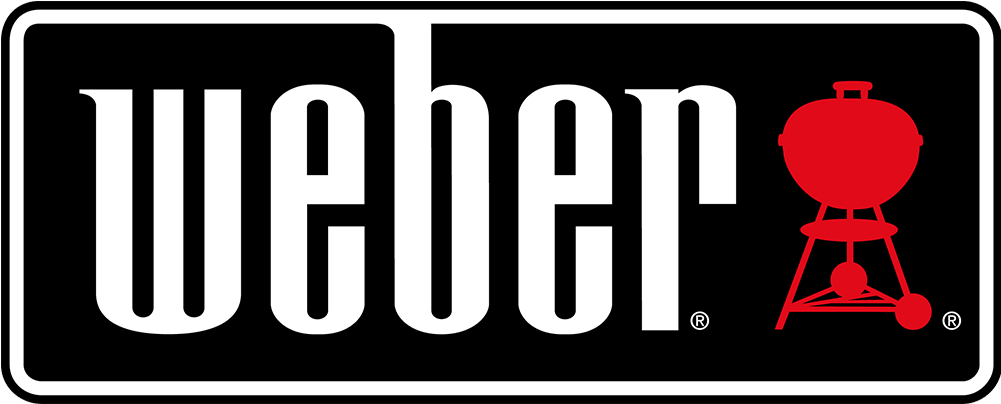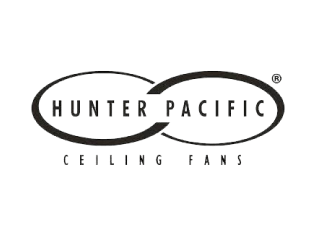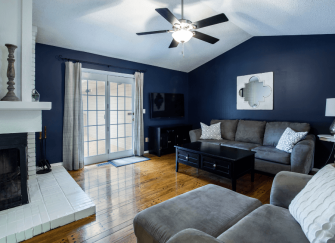Leading Brands



































Choosing the right ceiling fan can feel like a balancing act between functionality, affordability and aesthetics. You want a fan that beats the heat, but you also have a budget and existing décor to work with. With all the choice out there, sometimes it takes some expert advice to decide which ceiling fan features you should focus on.
Sydney summers are hot, and a ceiling fan is a simple solution that helps tie any room together. Available in a range of colours and looks, from plain white to dark timber and more, ceiling fans offer a number of perks for your home and lifestyle. They can provide a cost-effective alternative to your air conditioner or help spread the cool air from your air conditioning unit throughout the place. They’re quieter, sleeker and more efficient than the ceiling fans of yesteryear, with noisy motors and clunky blades now relics from the past. Ceiling fans aren’t even restricted to just indoors anymore. Outdoor fans can cool down your covered patio and help keep pests away from your al fresco dinner.
If you’re shopping for a ceiling fan, here’s how to find one that provides some much-needed relief from the heat while ticking all the other boxes. Here’s the Home Fires guide to the ceiling fan features to look for, plus tips for both winter and summer ceiling fan settings.
While it’s ultimately up to you what sort of ceiling fan you select, here are some things to consider while fan shopping:
Bigger isn’t always better. Choosing the fan that’s right for the room size makes for more efficient cooling. The larger the room, the larger the blades of your fan will need to be to cool the space down efficiently.
Most ceiling fans today are made of steel, timber, plywood or plastic. All materials have pros and cons. Timber blades are long-lasting and silent, but the trade-off can be a reduction in airflow. Steel blades usually pack a stronger airflow but can be a lot louder. Plastic blades are lightweight and easy to clean, but may be less durable than their counterparts.
While AC motor fans gain the power to spin their blades straight from the source, DC fans send the current through a transformer. While AC fans are typically more budget-friendly with a greater range of control options from wall switches to pull cords, DC fans are often quieter and more energy-efficient with a higher number of advanced features. As the more recent development in ceiling fan technology, DC fans also have more contemporary appearances that easily integrate into modern apartments.
Ceiling fans with lights are a popular option these days due to being both convenient and energy-efficient. However, ceiling fans without lights tend to be more affordable, are available in a range of styles and are suitable for cooling rooms that already have adequate lighting levels.
One of the most noticeable ceiling fan features is how much (or how little) noise it produces. The material of the fan blades can affect noise levels, with steel blades often louder than other varieties. Fans with fewer blades can be noisier, although they often shift air more efficiently. The size and dimensions of the room play a large part in how a fan’s sound carries. If a ceiling fan is unusually loud it’s most commonly caused by a technical or installation problem like missing screws or loose blades.
When you say “ceiling fans”, most people think of indoor areas first. Yet outdoor fans can provide some additional lighting, pest protection and ambience for your outdoor entertaining area so you can enjoy dining with your family all year long.

While ceiling fans cool you down in the summer months, they’re also handy in the winter. A simple flick of a switch can help keep you more comfortable whether it’s hot or cold. You just have to use winter and summer ceiling fan settings.
In the summer, your ceiling fan should be set to spin counterclockwise as this pushes the air down in order to generate a cool breeze. During the colder months, setting your fan to spin counterclockwise at low speed can save you on your power bills. Most modern ceiling fans have a switch on the side of the motor so you can adjust the spin easily.
Your ceiling fan should be set to a minimum angle of 12 degrees to cool your home down effectively. Any angle above 16 degrees will likely blow loose objects around the room.
A ceiling fan uses a fraction of the power an air conditioner uses. While it may not be able to replace your air conditioner entirely, especially during very hot weather, it can help move air around the room and allow you to use your AC more moderately and efficiently.

No matter what kind of ceiling fan features you’re looking for, Home Fires has the fan for you. Our collection of ceiling fans in Sydney includes top-selling, quality brands like Martec, Mercator, Brilliant and Hunter Pacific. Our range includes the world’s only IP66-rated ceiling fan in the world: the Hunter Pacific Aqua V2 DC IP66 52″, plus a variety of other models in various shades, colours and styles.
Common features of our fans include versatile speed settings, quiet, efficient motors, Wi-Fi connectivity for smart device control, different speed settings including sleep and breeze modes and more.
A trusted name in fans and fireplaces for over 40 years, Home Fires can prepare your house for whatever the weather may bring. Our price and value promise includes supply, installation and service of your ceiling fan plus industry-leading service and warranty.
Need some expert advice when it comes to selecting the right ceiling fan features? Contact the Home Fires team.

A new fireplace makes your home a warmer and more comfortable place to live and can even increase its value.

Choosing the right ceiling fan can feel like a balancing act between functionality, affordability and aesthetics. You want a fan

There’s nothing like a storm to dampen your outdoor cooking and entertaining plans. But a downpour can not only stop



